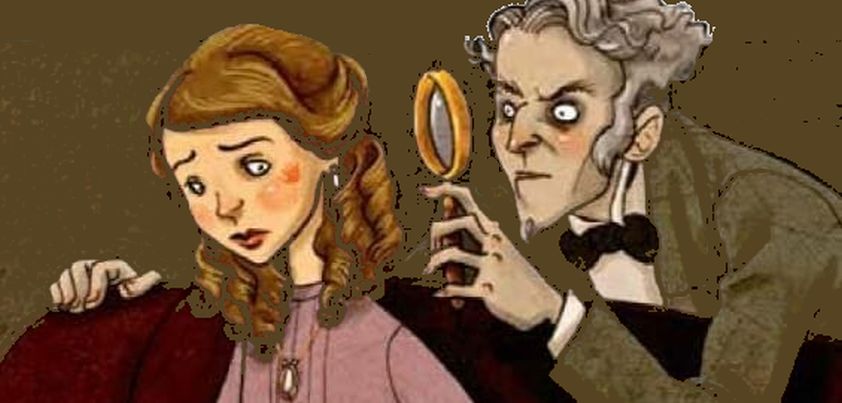
Introduction
Nathaniel Hawthorne, a literary luminary of the 19th century, is renowned for his captivating and thought-provoking tales. One of his most intriguing works, “The Birth-Mark,” delves into the complexities of human nature, obsession, and the relentless pursuit of perfection. In this article, we will embark on a journey to dissect this literary masterpiece, exploring its themes, characters, and the profound questions it raises.
The Life and Times of Nathaniel Hawthorne
A Glimpse into the Author’s Biography
Before delving into “The Birth-Mark,” it’s essential to understand the man behind the pen. Nathaniel Hawthorne, born on July 4, 1804, in Salem, Massachusetts, led a life infused with the mysticism and historical backdrop of his hometown.
Literary Influences That Shaped His Work
Hawthorne’s upbringing and early exposure to Puritanism, coupled with his fascination with the supernatural, significantly influenced his writing. His literary journey was heavily impacted by his familial history, which included ancestors involved in the Salem witch trials.
The Birth-Mark: A Synopsis
“The Birth-Mark” is a short story first published in 1843. It revolves around Aylmer, a brilliant scientist, and his wife, Georgiana, who bears a small, crimson birthmark on her cheek. Aylmer becomes fixated on removing this imperfection, setting in motion a series of events that explore the depths of human obsession and the consequences of playing god.
Themes Explored in “The Birth-Mark”
The Pursuit of Perfection
One of the central themes of the story is Aylmer’s relentless quest for perfection. His obsession with removing the birthmark symbolizes humanity’s perpetual pursuit of an idealized state, often at the expense of what truly matters.
The Nature of Beauty
Hawthorne delves into the concept of beauty and how it is perceived. Georgiana’s birthmark serves as a symbol of uniqueness and individuality, challenging societal norms that equate perfection with beauty.
Character Analysis
Aylmer: The Flawed Genius
Aylmer is a complex character, embodying the archetype of a brilliant but flawed scientist. His obsession with perfection ultimately leads to tragedy, showcasing the destructive power of unchecked ambition.
Georgiana: Beauty and Innocence
Georgiana represents beauty and innocence marred by society’s obsession with physical flawlessness. Her willingness to undergo Aylmer’s experiments highlights the sacrifices individuals make to conform to societal standards.
Hawthorne’s Narrative Style
The Art of Ambiguity
Hawthorne’s writing style is characterized by its ambiguity. He skillfully weaves a narrative that leaves readers pondering the story’s deeper meanings and implications.
Symbolism: A Literary Device
Throughout the narrative, Hawthorne employs symbolism, using the birthmark as a powerful symbol that carries multiple layers of meaning, inviting readers to interpret its significance.
Conclusion: The Birth-Mark’s Enduring Legacy
In conclusion, “The Birth-Mark” by Nathaniel Hawthorne is a literary gem that continues to captivate readers with its exploration of human nature and the consequences of obsession. It invites us to reflect on our own quests for perfection and the price we might pay for such pursuits.
FAQs: Unraveling the Birthmark Mystery
- What is the significance of Georgiana’s birthmark in the story?
- Georgiana’s birthmark symbolizes individuality and uniqueness, challenging societal notions of beauty and perfection.
- Did Nathaniel Hawthorne draw from his personal experiences when writing this story?
- While Hawthorne didn’t have a birthmark, his fascination with the human psyche and the consequences of obsession likely influenced the narrative.
- What are some other notable works by Nathaniel Hawthorne?
- Hawthorne’s renowned works include “The Scarlet Letter,” “The House of the Seven Gables,” and “Young Goodman Brown.”
- How does “The Birth-Mark” reflect the societal norms of its time?
- The story reflects the 19th-century obsession with physical perfection and the role of women in society.
- What lessons can modern readers glean from “The Birth-Mark”?
- Modern readers can contemplate the dangers of unchecked ambition and the importance of accepting imperfections in themselves and others.
